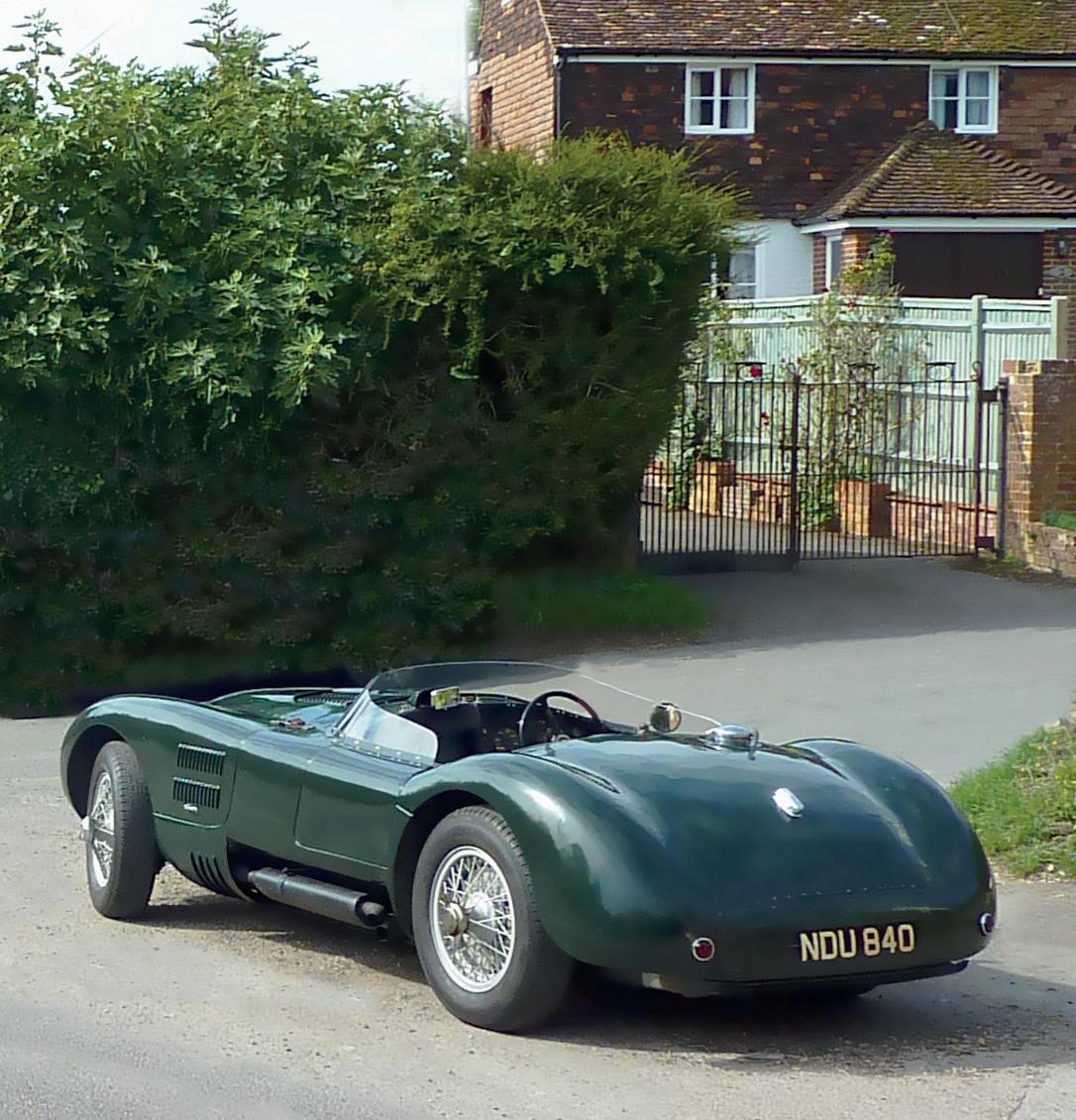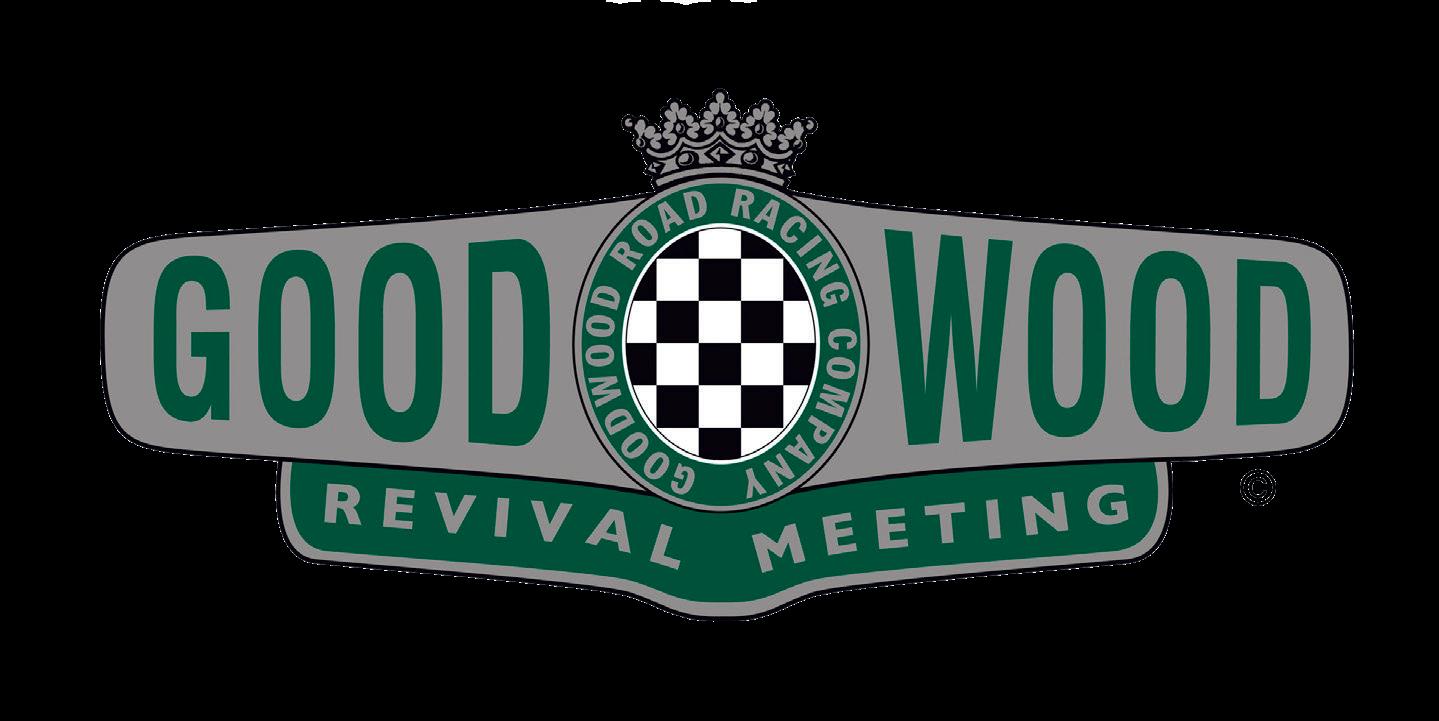
2 minute read
IT WAS NOT SUITABLE FOR MARRIED LIFE
Undery parted with it in mid-1964 as it was not suitable for married life. Only one person went to Devon to inspect it, David Miall-Smith of the Lenham Motor Company. It was collected by their Julian Booty, and driven back to Kent, where the glass panel was removed. The period image taken outside an antique shop shows the car in Kent with its various additions. Within a few weeks it was sold to Guy Williams at nearby Robertsbridge. He approached Lynx in May 1972 to reverse the modifications, and restore MDU214 to its early competition format.
From May 1972 to December 1974 it was worked on by Hastings Motor Sheet Metal Works, Alan Jenner recalling he focussed on the centre section, removing the screen and valance vents with their various mounting holes and fitting a fixed panel to replace the opening passenger door. He also recalled replacing the driver's door internal hinges with a pair of new external ones conveniently sourced from the local Mini supplier in Hastings.
Advertisement
Lynx was responsible for the wrap-round racing screen seen at Penhurst Place in 1974, and which Jerry Booen duplicated on the project car. Guy Black of Lynx was given the use of MDU214 by Guy Williams and the next owner, Stuart Cranfield. Guy was seated in MDU214 at Penhurst Place when Duncan came over and asked him if he was aware he was sitting in one of the 1951 Le Mans cars. He recalls thinking that was an interesting comment, but not particularly relevant or important!
Another major development came between 1988 and 2000 when the original body was replaced by RS Panels in Nuneaton - but the original was not destroyed. The 1953-fitted bonnet is most likely now in Switzerland on the wall of a serious but reclusive collector. The car as rebodied has been owned and raced extensively and successfully by Nigel Webb in the past twelve years. He has a keen interest in all things Jaguar.

The upshot is simply that far from being broken up by the Works in 1953, pure serendipity led to 004 being badly damaged just when 001 had been pensioned off. Duncan was faced with a very difficult and costly rebuild, and the return soon after of MDU214 in primer, on September 26, 1953 with all the traits of 001 and none of 004, supports the fact 001 survives in three parts today. The key 1951 body, minus bonnet, is incorporated into clone C-Type NDU 840.
Roy Palmer: "All the evidence points to the project car NDU 840 today carrying and preserving the earliest original surviving C-Type body parts. They have a continuous history back to having come from the very first C-Type XKC001, one of three works C-Types appearing for the very first time at Le Mans on June 23, 1951 and which XKC003 went on to win."











